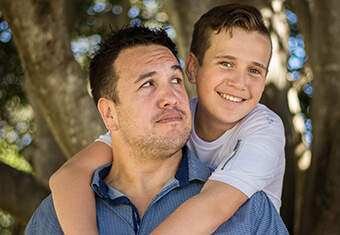While a trust can be extremely useful, there are certain steps that can be taken to make the most of them. This includes managing beneficiaries’ expectations and educating them on how to be a good beneficiary.
It may be obvious that every creator of a family trust intends to enrich the lives of their beneficiaries, but this can be far from straightforward. Indeed, a recent publication on trusts in the US (see below) found as many as 80 per cent of beneficiaries found a trust more of a burden than a blessing. Too often there are misunderstandings. Trustees fail to understand beneficiaries, and beneficiaries in turn fail to understand the nature of the trust, or the roles and responsibilities of the trustees.
If you are setting up a trust for your family, you can take a number of steps to improve the relationship:
- Carefully consider what type of person or institution would make the best trustee for your family and, once appointed, conduct regular reviews to ensure that they are still the right choice.
- Educate your beneficiaries about their responsibilities, the nature of the trust, and the role of the trustees.
- Review your trust structure to ensure that it remains optimal for your family’s circumstances.
- Hold open discussions with relevant family members, when appropriate, about the arrangements you have made for the trust, your motivations and values.
If in doubt, consult a professional advisor. While it’s best to seek advice at the outset, it’s never too late to discuss how you can improve the trust relationship.
- Family Trusts – A guide for Beneficiaries, Trustees, Trust Protectors, and Trust Creators by Hartley Goldstone, James E Hughes, and Keith Whitaker.
 UK
UK  Canada
Canada



